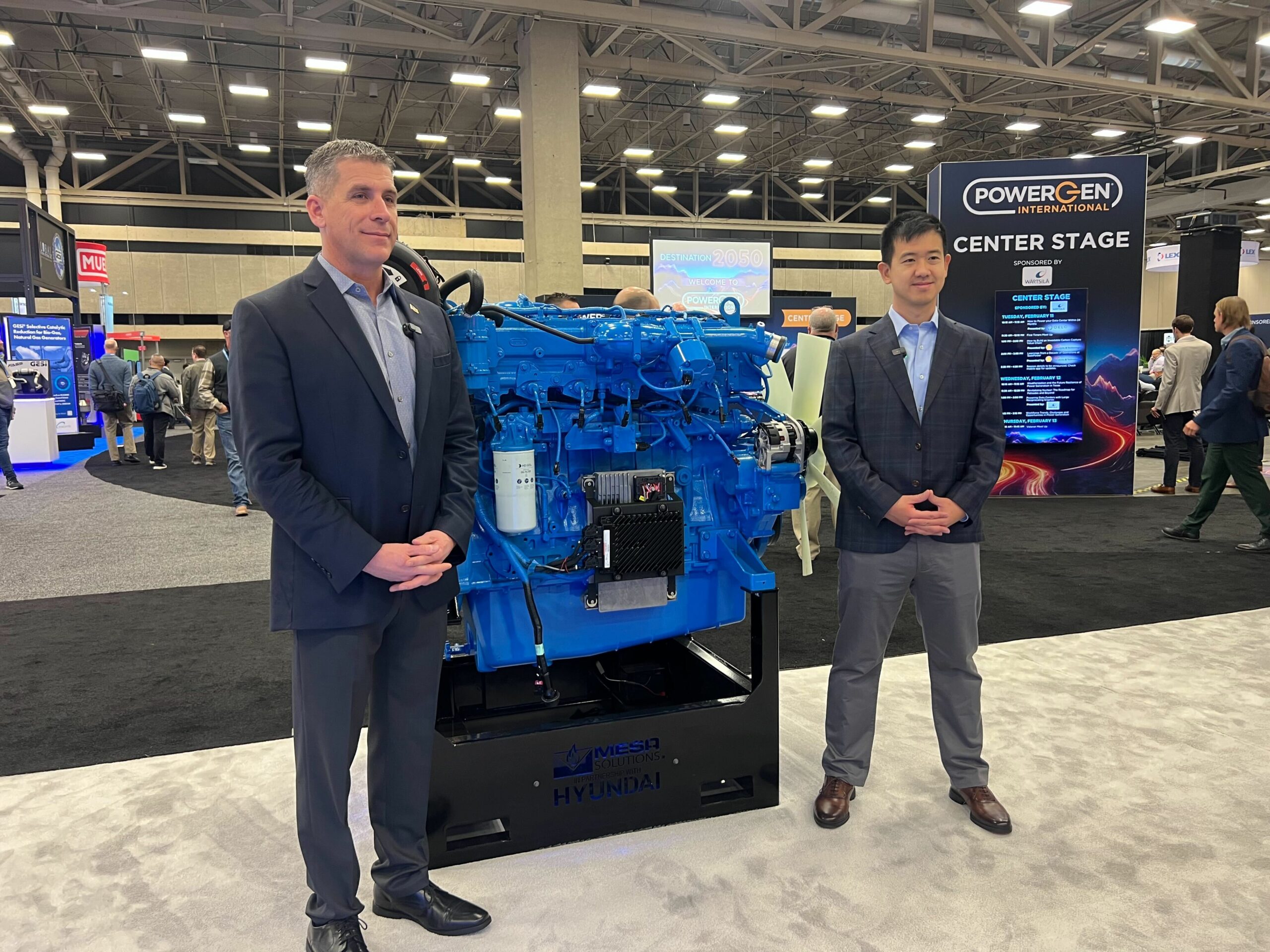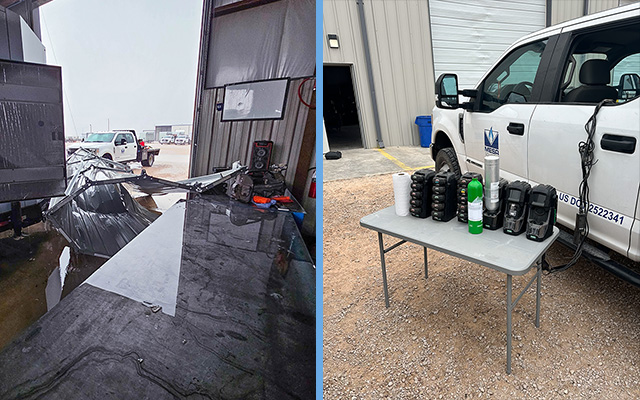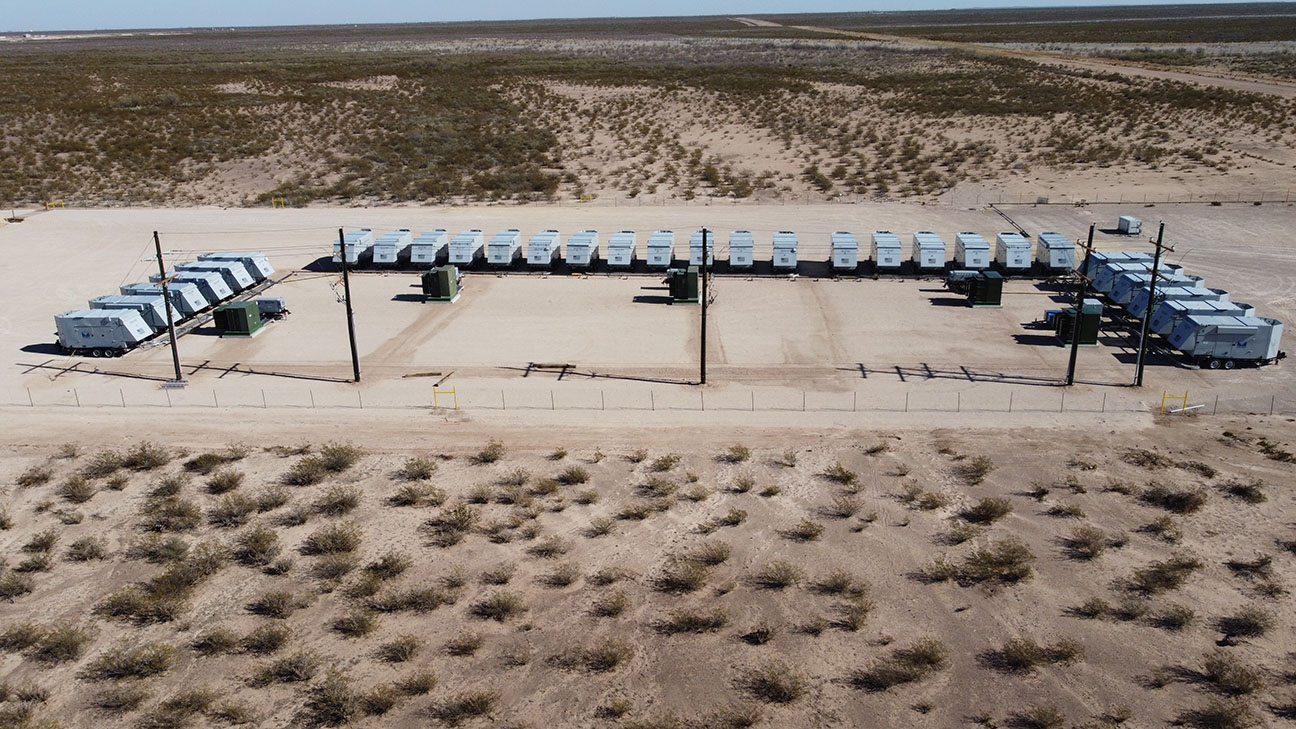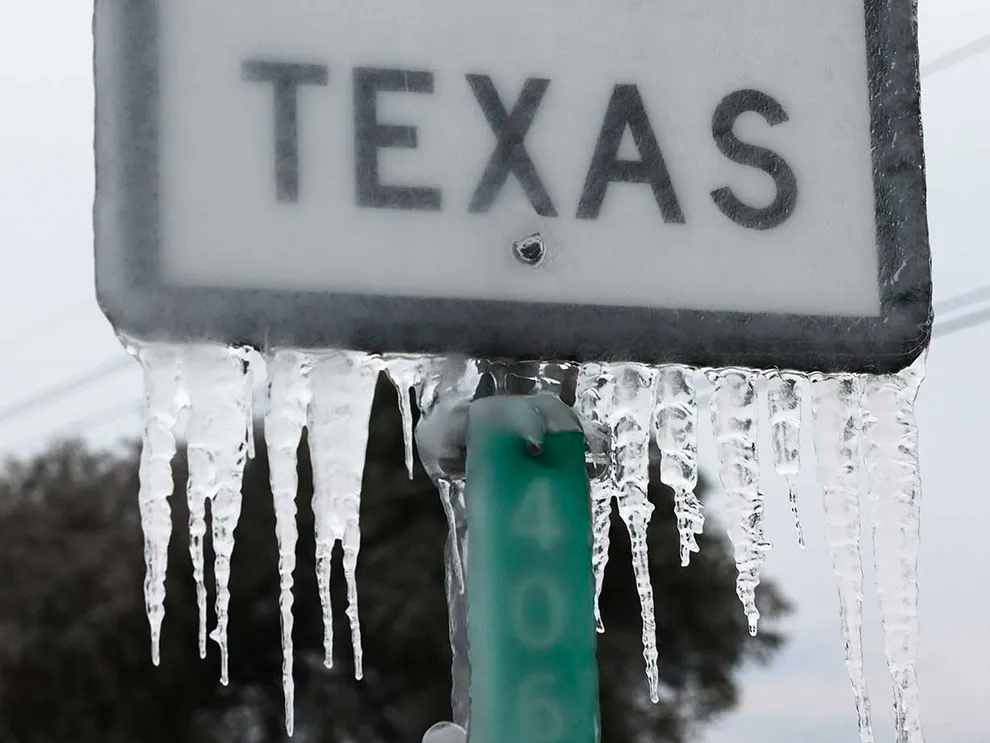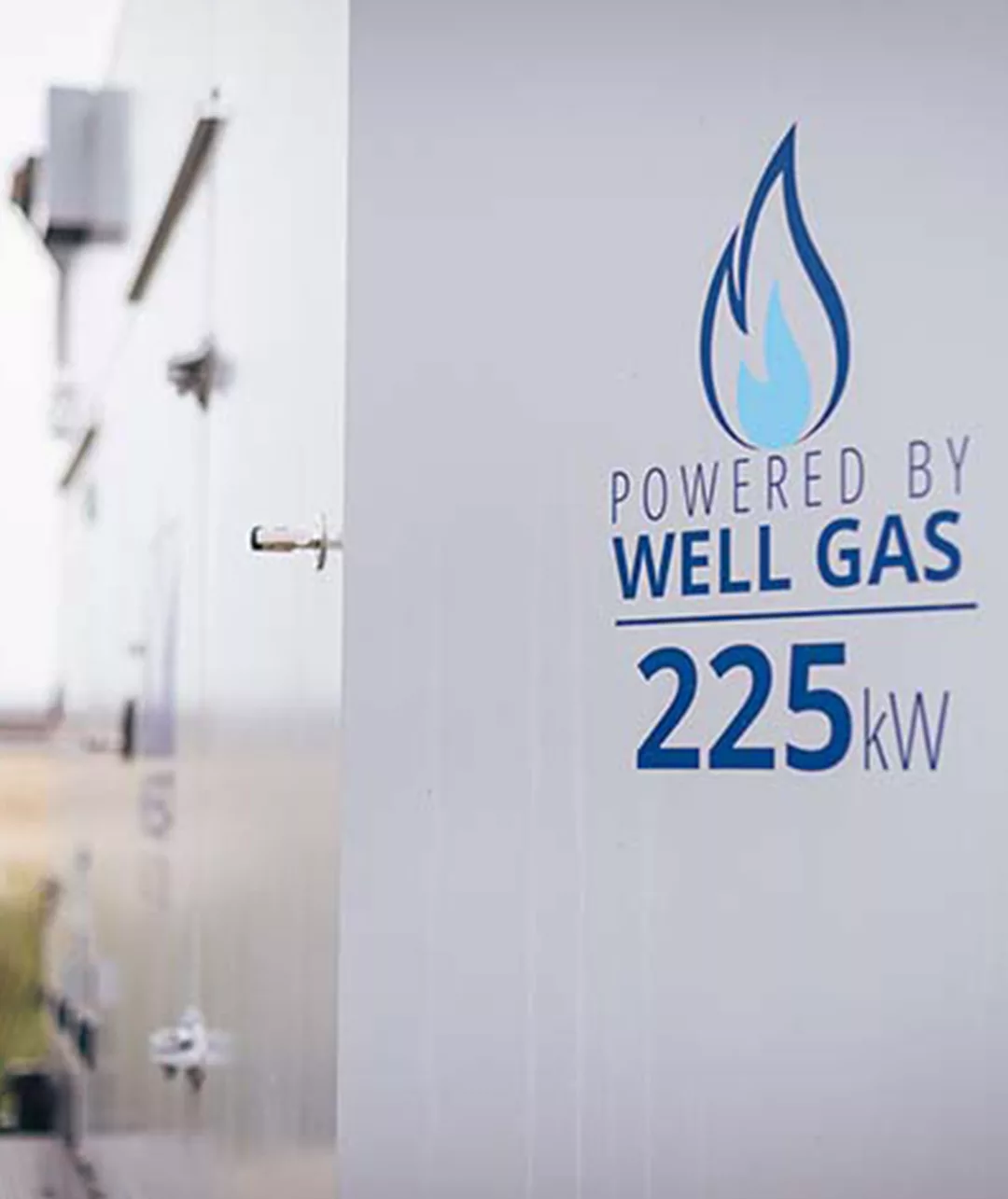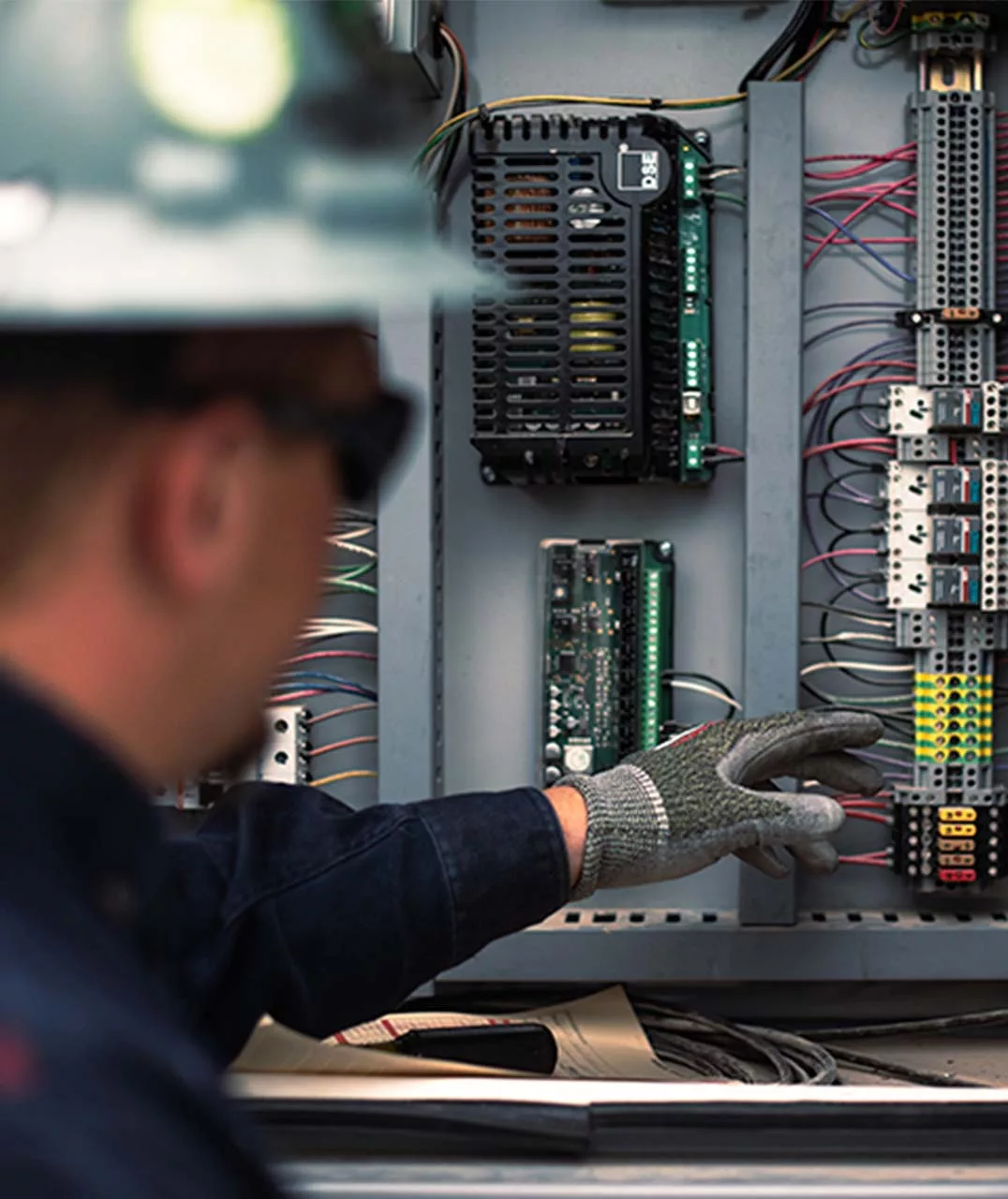Cryptocurrency is taking the world by storm—and whether you are skeptical of it or spending your kid’s college fund for more, there is no denying a new crypto-industry that is surpassing a $2 trillion market cap and can consume over $100 worth in electricity per transaction— including your Papa John’s pizza order. The purpose of this blog is to briefly summarize some of the recent data on minimizing the cost of mining for cryptocurrency and specifically highlight methods to reduce the energy cost of your crypto mining operations.
The nature of cryptocurrency mining requires electricity, and often a significant amount. Accessing cheaper electricity is one of the most effective ways to reduce the cost of virtual mining. As we are coming from the perspective of power generation technology, the simple assumption that crypto mining requires electricity tells us that the cheaper electricity we can provide, the cheaper we can make mining for our customers. With this in mind, our research in this paper has focused on the specific power needs of virtual mining and how miners can reduce their electrical bills.
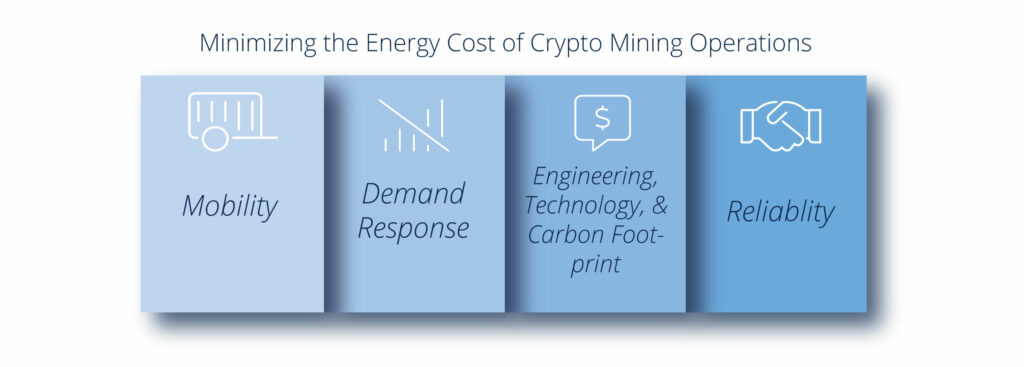
Mobility
It is no secret that the cost of keeping your lights on in San Francisco will cost you more than if you were operating in Casper, Wyoming. That is to say, electrical price varies from place to place, and often even within one location. Some of the cheapest electricity available in the U.S. are in places where said electricity is hard for most to get to—often called stranded power or gas. Consequently, a large part of effective energy cost reduction can be found in mobile mining sites and power generators that can access these cheaper rates in rural, varying places.
A well-known example of the benefit and ability of highly mobile crypto mining is utilizing what is called field, flare, or stranded gas, which is natural gas released from mining operations that are not used commercially because it is simply too expensive to transport to consumers. This gas can be priced magnitudes lower than comparable industrial gas rates and contribute to wide profit margins. Mesa Solutions is one of the first and leading providers of this flare-to-crypto system, working with multiple miners since 2018 to utilize gas that, in many cases, would otherwise be wasted.
Demand Response
While location is certainly the largest factor in power costs, time of day can be exceptionally important as well. Peak hours can increase power costs substantially, depending on location. While this is unlikely to affect sites using well gas, virtual miners using utility power can often benefit from a system of demand response to still run their miners through the costliest peak power hours. Demand response is an umbrella term that includes a variety of methods to avoid paying these inflated demand costs. At its simplest, not using power during these times is a form of demand response. However, it is often still profitable to run miners when eating the inflated costs of peak times. Miners who want to decrease their costs during these peak times could look into external generators that utilize demand-response programming. Quite simply, these generators kick on during peak times when they can provide cheaper electricity, and hibernate when utility is cheapest during off-peak hours. Utilizing generators that support demand-response will also decrease strain on the utility grid—something gravely important for large power consumers that contribute to an increasingly weakened U.S. infrastructure.
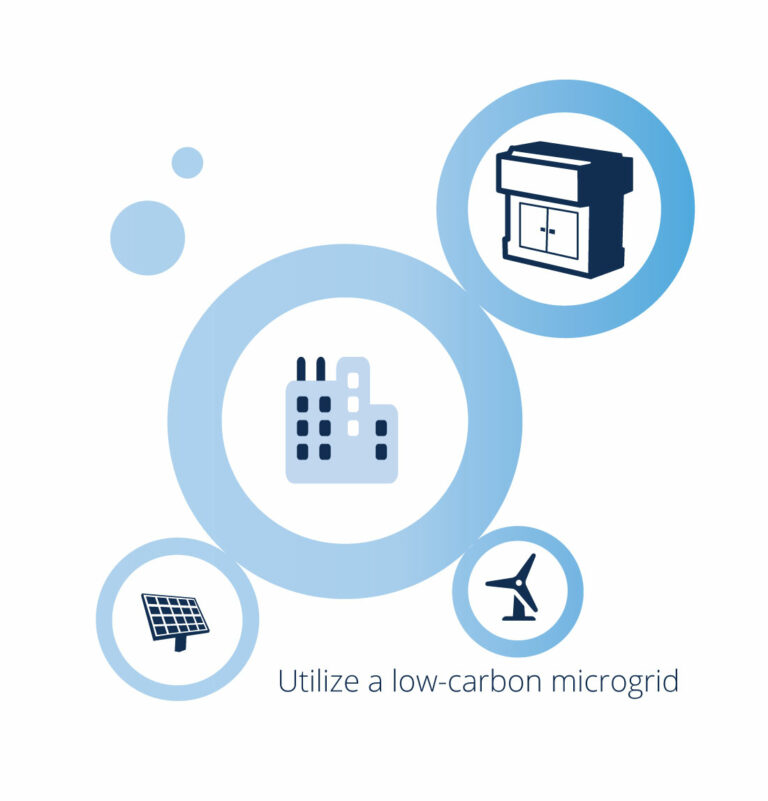
Engineering, Technology, and Carbon Footprint
The ability to utilize cost-reducing technologies does not end at demand response capability—ensuring access to the most cutting-edge power solutions can reduce costs in a vast array of ways. This form of technology, one of design and materials engineering, takes form with catalysts that leave air cleaner than before the engine used it, generators that operate in blistering cold or hot weather, solar panels that seamlessly integrate into a microgrid, and much more. While the specifics regarding the endless and developing technologies that will reduce your crypto mining operations are too extensive to include in this paper, the upshot is to demand innovation in generation tech and programming. This will reduce direct and indirect costs by reducing power needs, reducing the carbon footprint of your operation using microgrids, reducing upfront costs, and more.
The pressure to decrease the carbon footprint of crypto mining’s power consumption is growing exponentially. Utilizing low-carbon reliable microgrids to increase the robustness of your mining operation can not only reduce your downtime costs but reduce costs related to carbon production. Quite simply, to avoid heavily contributing to global climate change as part of the crypto miners that use more electricity than the county of Finland, it is essential to take every measure necessary to reduce carbon footprint.
Reliability

The strength of your power “infrastructure” (whether that be the utility grid or backup and mobile power solutions) is one of the more important aspects under the umbrella of engineering and technology. Downtime, whether expected from maintenance or unexpected from inoperable conditions or failure, is the largest opportunity cost facing your mining power system. If you are operating off the grid, weather conditions and generation maintenance and instability are your main culprits. Simply put, each hour your miners are not running is an hour of costs without revenue, and so the return on reliability investments, like 24/7 service and combustion generators to back up renewables, is exceedingly high. Those miners that utilize the grid will benefit from having backup power—not just for the potential in demand response as explained earlier–but to eliminate the risk of relying solely on the utility grid. The utility grid can bring with it a host of reliability issues—as witnessed by last year’s Texas freeze—some events can strain and threaten immense costs to communities and companies. As stated in a previous blog, “The National Oceanic and Atmospheric Administration (NOAA) and the National Centers for Environmental Information (NCEI) reported that 2019 was the fifth consecutive year to have 10 or more separate billion-dollar disasters. Utility grid infrastructure continues to deteriorate, climate change is causing a greater number of climate-related disasters and increasing demand for power is leading to widespread scarcity. Not only will these limitations on the availability of power put pressure on [heavy power consumers] to have more reliable solutions, but the fact that the greater communities around them will face a growing number of crises increases that pressure.” Crypto miners will save money by utilizing robust power solutions in maintenance needs as well as the ability to operate in harsh conditions.
Conclusion
As crypto mining expands, the pressure to reduce the cost of its power consumption will grow exponentially. In this paper, we covered the following, the cheapest power with mobile miners—a strategy that can save money by utilizing stranded power. We also covered the most advanced engineering in programs and technology—an effort that can remove inflated costs through programs like demand response, and technologies such as microgrid-capable renewable power generators and high-end catalysts on combustion engines. Each of these methods contributes to reducing costs to ensure a competitive edge in this rapidly growing industry.
Blunt, Katherine. n.d. “America’s Power Grid Is Increasingly Unreliable.” WSJ. Accessed May 10, 2022. https://www.wsj.com/articles/americas-power-grid-is-increasingly-unreliable-11645196772.
“Clean Coalition Helps Santa Barbara Unified School District Start Massive Solar Microgrid Initiative.” 2019. Solar Power World. December 18, 2019. https://www.solarpowerworldonline.com/2019/12/clean-coalition-santa-barbara-unified-school-district-solar-microgrids/.
“Crypto Market Cap Is Once Again above $2 Trillion.” n.d. Fortune. Accessed May 10, 2022. https://fortune.com/2022/03/02/crypto-market-cap-2-trillion/.
“Every Bitcoin Transaction Consumes over $100 in Electricity.” n.d. Fortune. Accessed May 10, 2022. https://fortune.com/2021/10/26/bitcoin-electricity-consumption-carbon-footprin/.
“How Microgrids Save Schools Money.” n.d. Mesa Solutions. Accessed May 10, 2022. https://www.247mesa.com/education/how-microgrids-save-schools-money.
Huang, Jon, Claire O’Neill, and Hiroko Tabuchi. 2021. “Bitcoin Uses More Electricity Than Many Countries. How Is That Possible?” The New York Times, September 3, 2021, sec. Climate. https://www.nytimes.com/interactive/2021/09/03/climate/bitcoin-carbon-footprint-electricity.html.
Jenkins, Lisa Martine. 2022. “To Reduce Flaring, Exxon Is — Checks Notes — Powering Crypto Mining?” Protocol. March 24, 2022. https://www.protocol.com/bulletins/exxon-bitcoin-mining-gas-flaring.
Onanuga, Tola. n.d. “Papa John’s Is Giving Away 10,000 Slices of Pizza to Celebrate Bitcoin Pizza Day. The Fast-Food Chain Explained the Reason behind the Giveaway.” Business Insider. Accessed May 10, 2022. https://www.businessinsider.com/papa-johns-gives-away-10k-slices-pizza-bitcoin-pizza-day-2021-5.
Schwartz, Matthew S. 2021. “Texas Won’t Reduce $16 Billion In Electricity Charges From Winter Storm.” NPR, March 6, 2021, sec. Energy. https://www.npr.org/2021/03/06/974417969/texas-wont-reduce-16-billion-in-electricity-charges-from-winter-storm.
Sigalos, MacKenzie. 2022. “These 23-Year-Old Texans Made $4 Million Last Year Mining Bitcoin off Flare Gas from Oil Drilling.” CNBC. February 12, 2022. https://www.cnbc.com/2022/02/12/23-year-old-texans-made-4-million-mining-bitcoin-off-flared-natural-gas.html.





